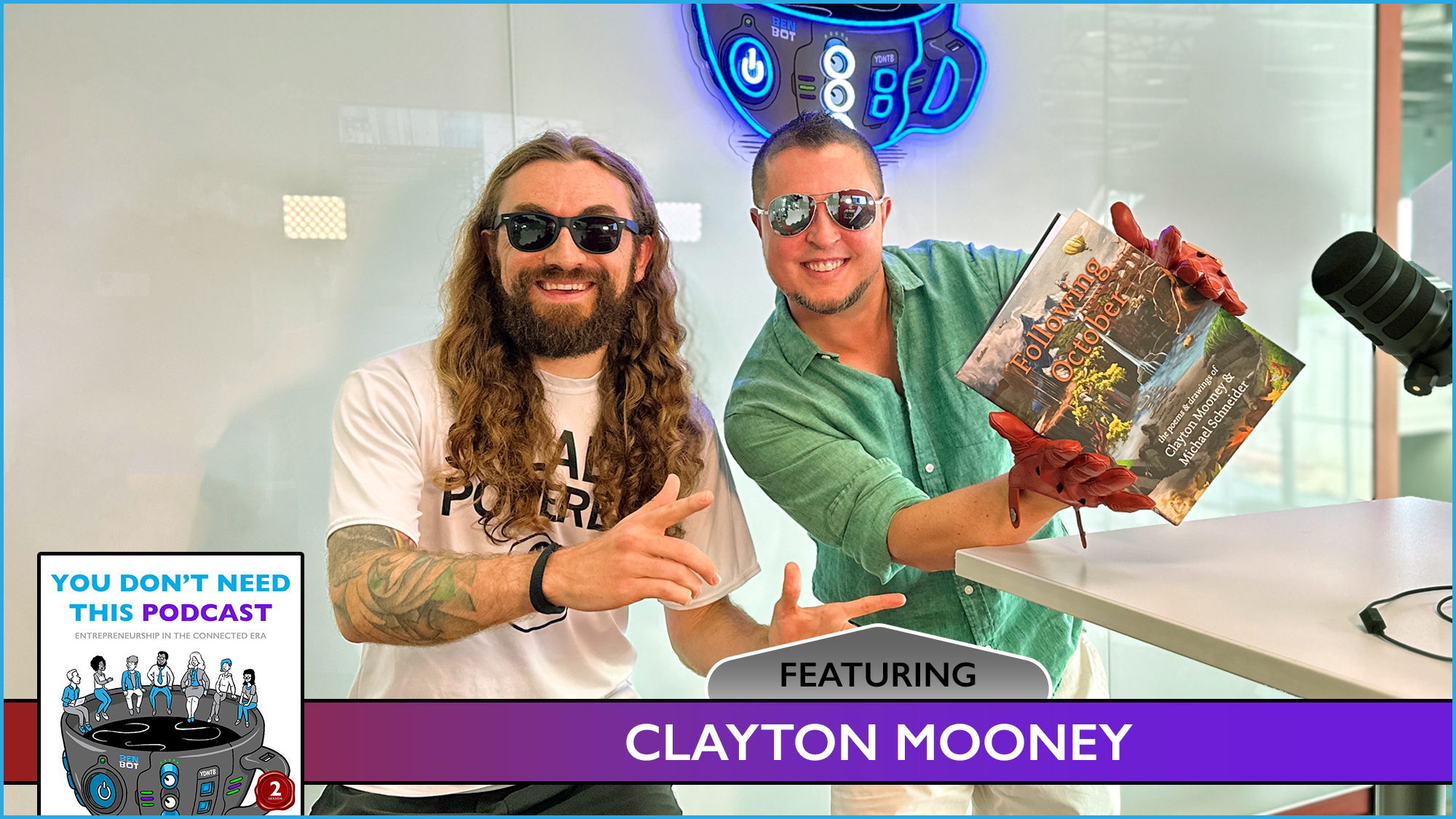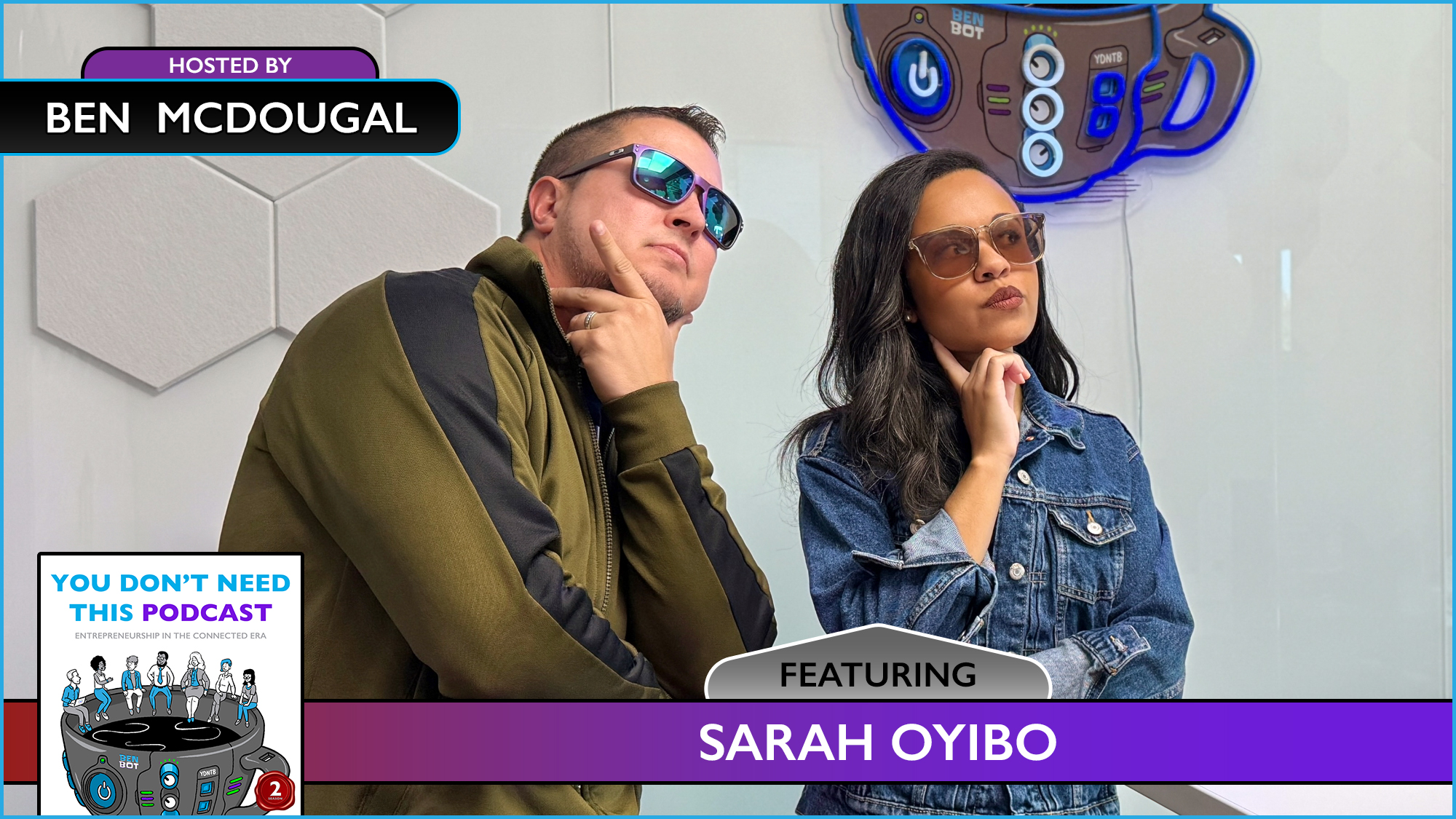
Sarah Oyibo is a friendly founder and creative content creator. This influencer explores the realities of an entrepreneurial lifestyle by teaching others how to efficiently create lead magnets built on pillars of content.
In EP78, we hear how Sarah introduced herself to digital design as a student, then escaped a cubicle by leveraging paying clients to start her business. Ben and Sarah keep building with timeless insight on content creation, balancing a personal brand, and how creative initiative helps us all find work that feels like play.
LISTEN on APPLE PODCASTS
LISTEN on SPOTIFY
BONUS MATERIALS
https://StudioDeltaDesigns.com
https://instagram.com/soyibotime
http://Hobbies-That-Pay.YouDontNeedThisPodcast.com
You Don’t Need This Book: Entrepreneurship in the Connected Era
https://BenMcDougal.com/content-creation
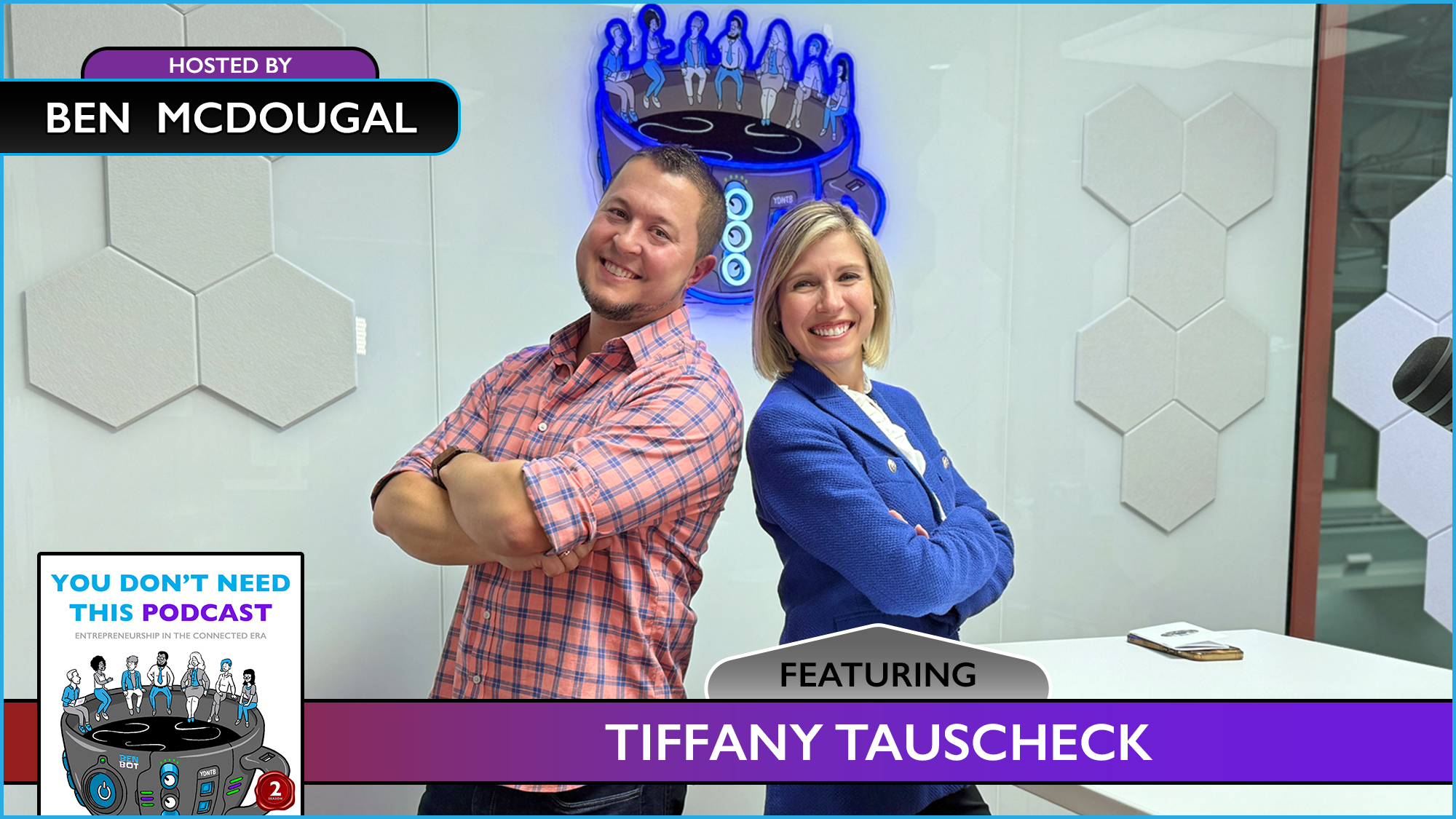
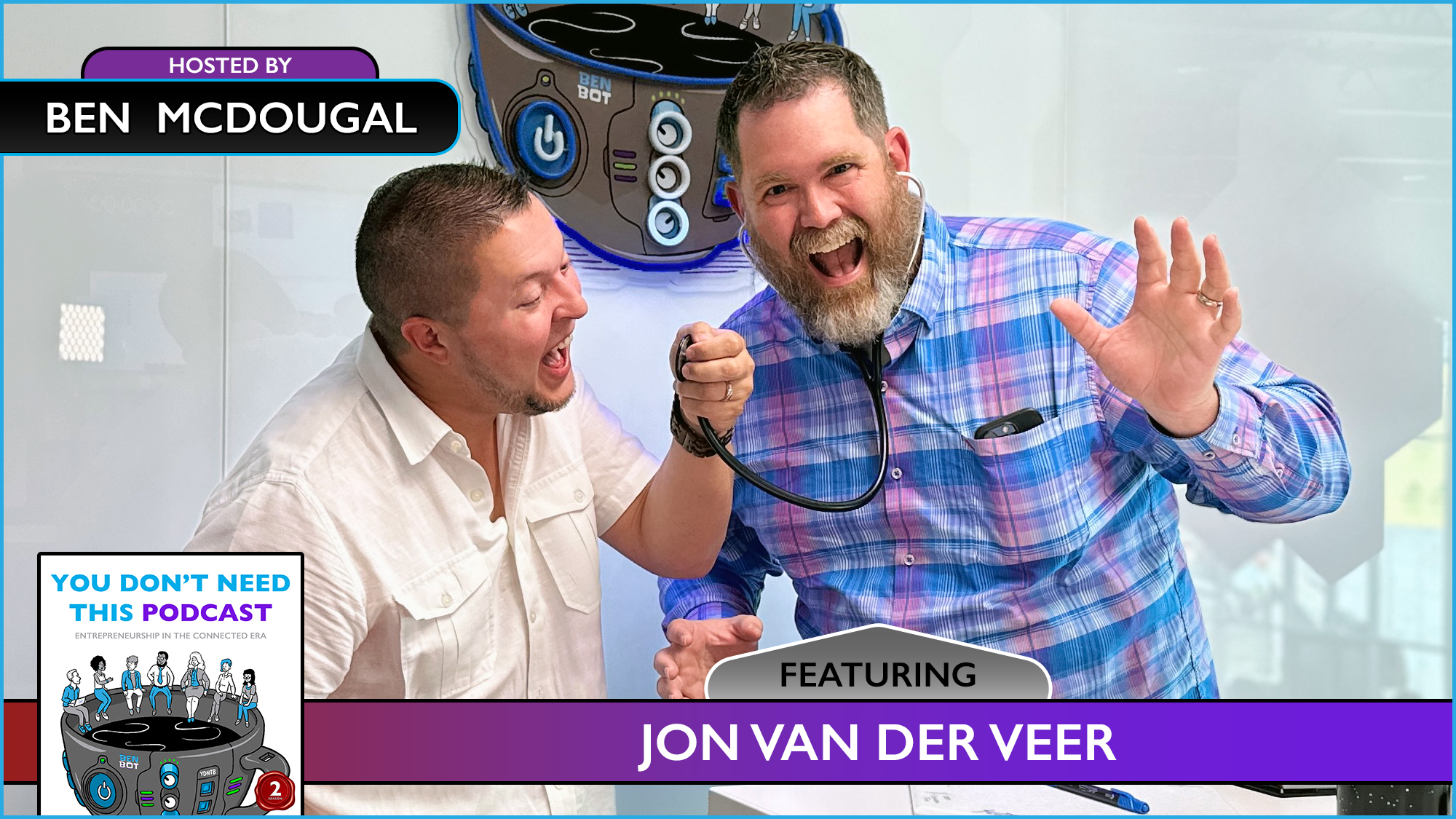
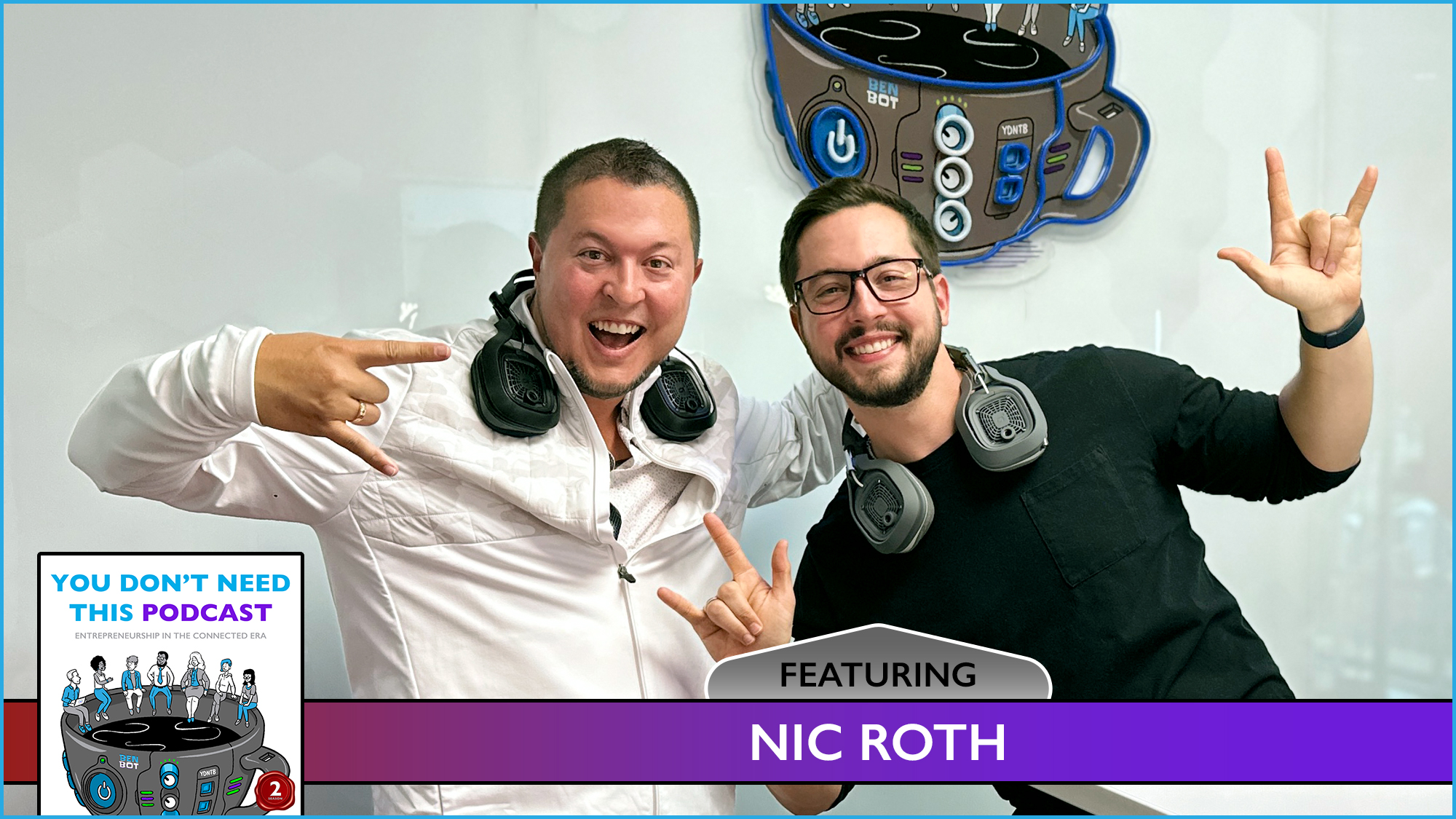 Nic Roth
Nic Roth